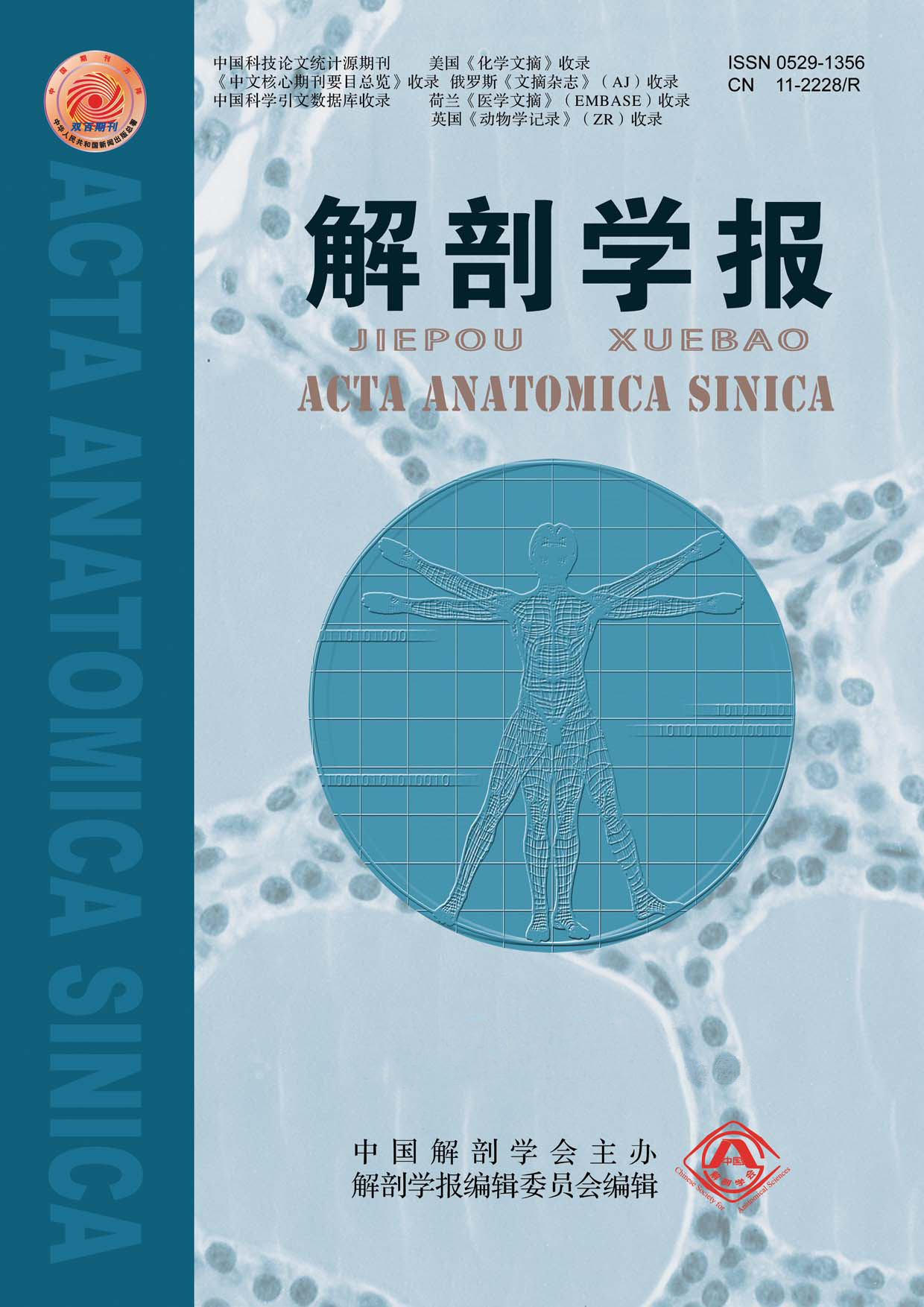Objective To explore olanzapine effect on the cognitive function and neuronal damage of aged schizophrenic rats based on the PI3K/Akt signaling pathway. Methods Ten-week-old SD rats were randomly divided into a blank control group (n=12) and a modeling intervention group (n=48). The modeling group were injected with didroxapine maleate [MK-801,0.2 mg/(kg·d)] for 14 days. And the model was evaluated by general behavioral studies to determine the success of model building. The model rats were randomly divided into model group and low, medium, and high dose olanzapine groups [10, 20, 40 mg/(kg·d)], each with 12 rats. The control group and model group were given distilled water; the low, medium, and high dose olanzapine groups were given olanzapine for 21 days. The stereotyped lines were scored by the standard of Sams Dodd and Hoffman, the cognitive evaluation of the rats was performed by the Morris water maze, and the levels of interleukin-6 (IL-6) and tumor necrosis factor-α (TNF-α) in the serum were determined by ELISA. The activities of dihydrokaempferol (Ach) and acetyl cholinesterase (AchE )in brain tissue were detected by acetylcholinesterase activity assay kit. Rat brain tissue PI3K, Akt, mammalian target of rapamycin (mTOR) mRNA expression levels were detected by Real-time PCR. Results Compared with the model group, the stereotyped behavior and ataxia scores, escape latency, number of crossing platforms, serum levels of IL-6, TNF-α, AchE, phosphorylated PI3K (p-PI3K), phosphorylated Akt (p-Akt) protein expression decreased (P<0.05 or P<0.01), while brain tissue Ach, PI3K, mTOR and phosphorylated mTOR (p-mTOR) protein content increased (P<0.05 or P<0.01 ) in the low, medium and high dose olanzapine groups. The content of Akt was increased in the low-dose group. Compared with the model group, Akt and mTOR mRNA in the brain tissue of rats in the low, medium, and high-dose alanzapine groups expression levels were down-regulated (P<0.05 or P<0.01). PI3K mRNA in the brain tissue of rats in the low, medium, and high-dose alanzapine groups expression levels were down-regulated (P<0.05 or P<0.01). Conclusion Olanzapine can reduce stereotyped behavior and ataxia scores, escape latency, number of crossing platforms, IL-6, TNF-α, AchE and increase Ach content and regulate the PI3K/Akt signaling pathway to relieve the schizophrenia.


